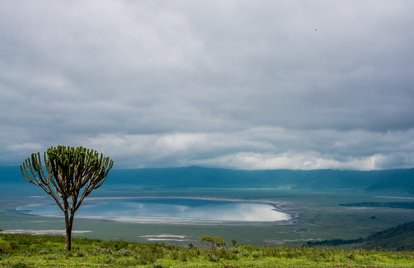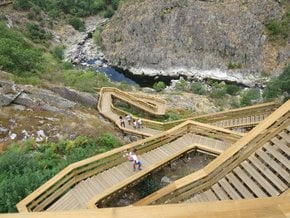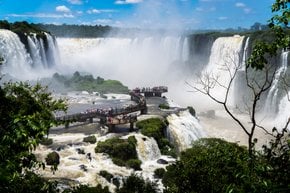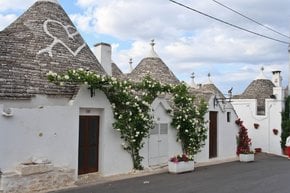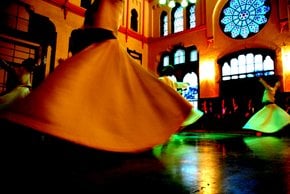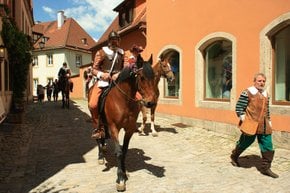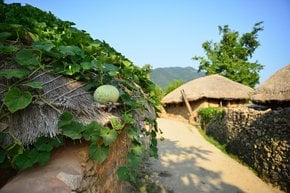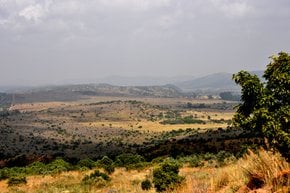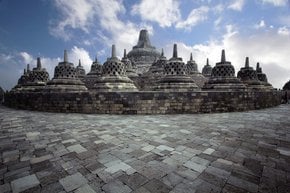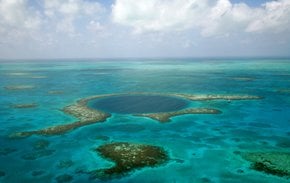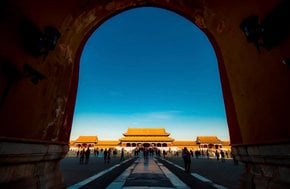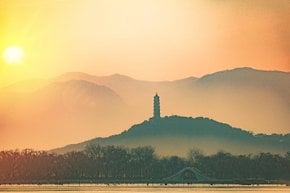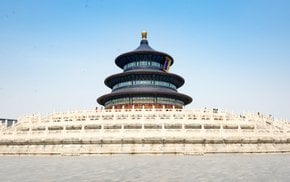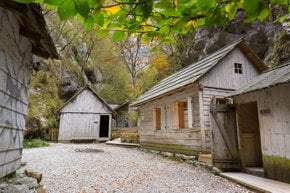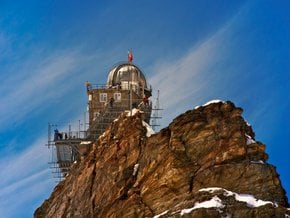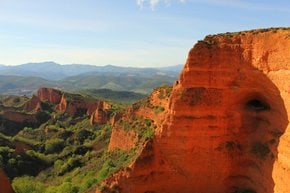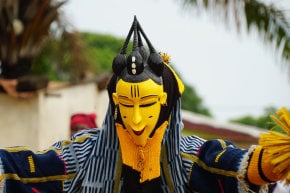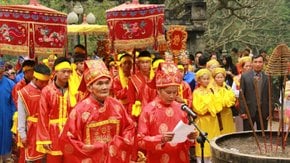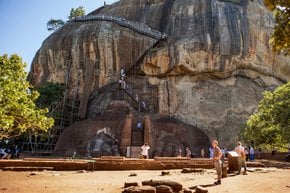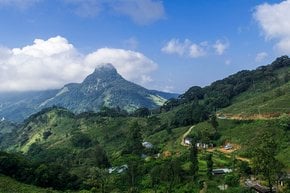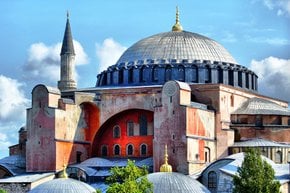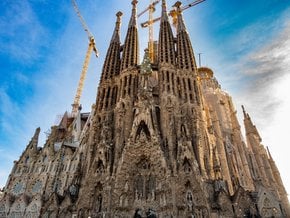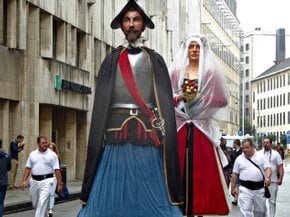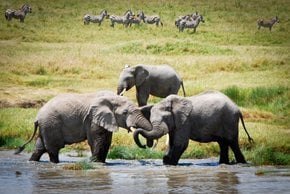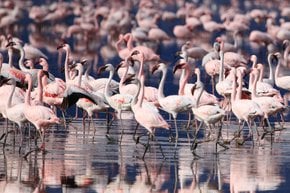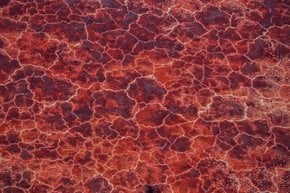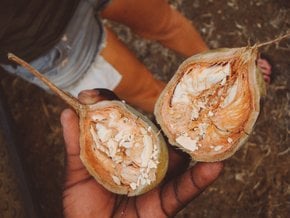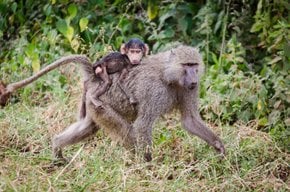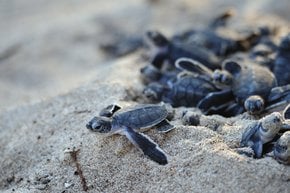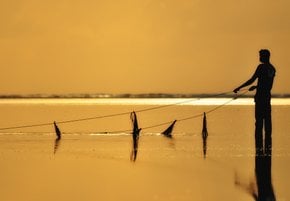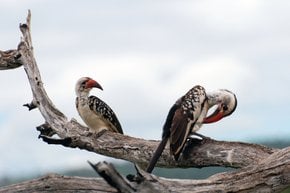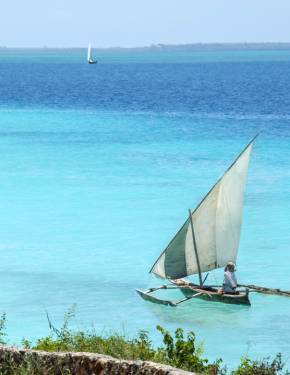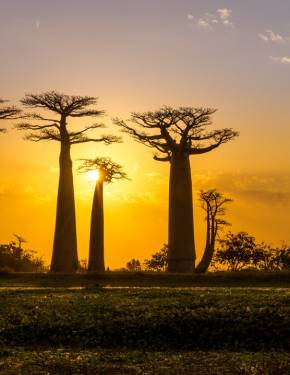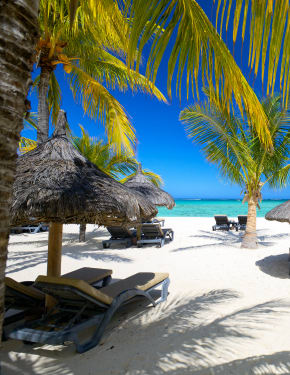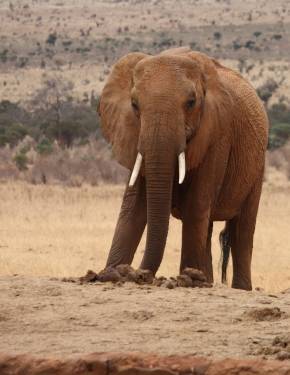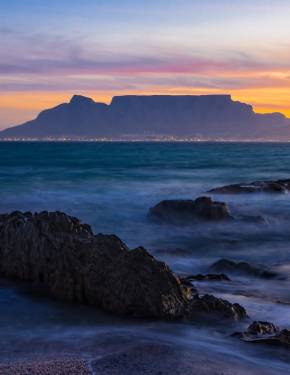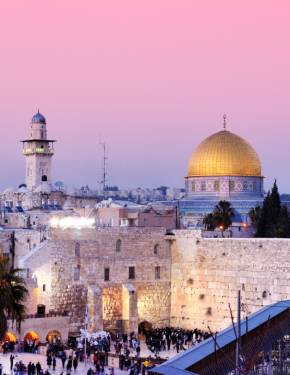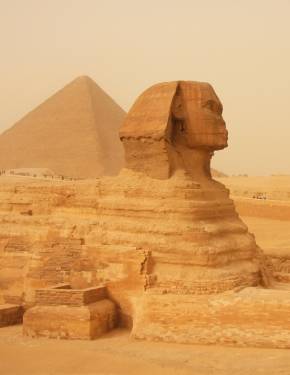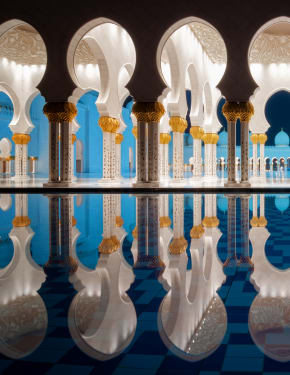Ngorongoro Crater in Tanzania 2025-2026
This unique World Herritage Site with stunning natural surroundings offers some of the best safari opportunities, archeologically important discoveries, and encounters with the Maasai tribe
Best time: October–June
The Ngorongoro Conservation Area is listed as a World Heritage Site hosting the largest inactive volcanic caldera in the world. It was formed from two to three million years ago, as the result of a volcano explosion. It is 610 metres deep and its floor covers 260 square kilometres. In February 2013 this crater was voted to be one of the Seven Natural Wonders of Africa.
In the center of the crater, there is Lake Magadi, waters of which provide a constant food supply for flamingoes you can meet here. Ngorongoro Crater is also one of the best places in Tanzania to see the big five. Black rhinos, tusker elephants, lions, leopards, and hyenas, together with herds of wildebeest, buffalo, and zebra, can all be found here. It is also a prime birding spot as here you can find some 400 various species.
Other wildlife like serval cats, cheetahs, jackals, Grant's and Thompson's gazelles, and bat-eared foxes can also be spotted in the area. Except for large game and bird watching, visitors can explore the conservation area in Olduvai Gorge, an important archaeological site. Here you may see some ancient skull and bone fragments of early mankind. The oldest known footprints of human ancestors, even before the usage of stone tools is also a must see.
This area is a great site to meet and interact with the Maasai people. Hiking and treking here may be one of the best experiences of your entire life. This is also the reason it can get really busy in the high season from June to October. Thus maybe the low season will be less crowded and more pleasant.

